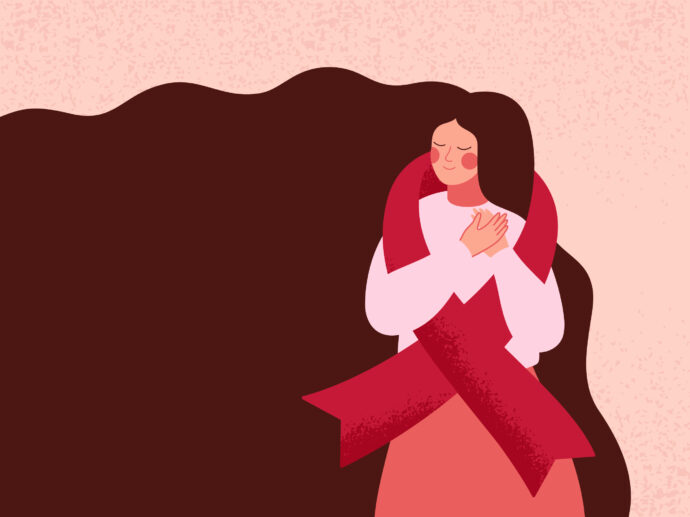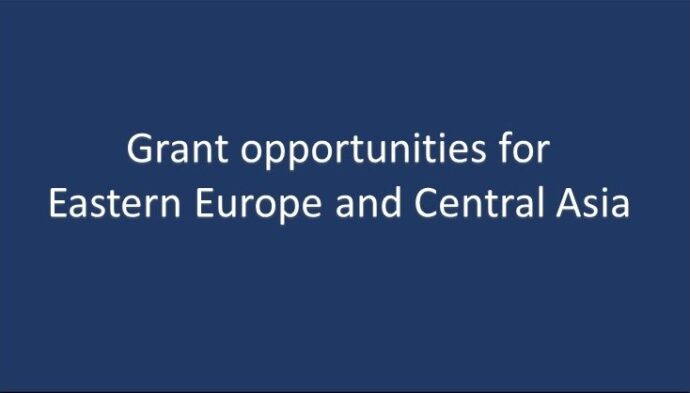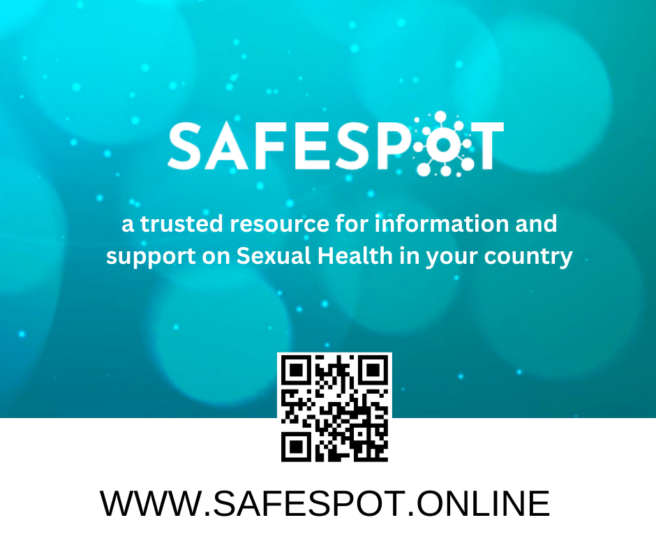 Author: Irma Kakhurashvili, Georgia
Author: Irma Kakhurashvili, Georgia
The Georgian drug policy calls for radical changes. Currently, it is aimed at the strict punishment of drug users and their isolation from the society. Data of the 2016 Council of Europe report show that every third prisoner in Georgia is convicted for drug-related crimes. However, such repressive approaches do not make people quit drugs. In prisons, people suffer from the abstinence syndrome and lose their health as well as years of their lives. Authorities think that the prison “cures” people, but according to the research studies by Human Rights Education and Monitoring Centre (EMC), 89% of drug users go back to drugs after they are released. The rest of them return to their drug using habits within 11 months.
According to the Georgian Ministry of Corrections and Probation, support of people convicted for drug-related crimes costs the government up to GEL 40 million (or about EUR 12.5 million) a year, while the Ministry of Health spends only GEL 4 million (or about EUR 1.25 million) on drug treatment and rehabilitation, including substitution therapy, which is 10 times less.
At the same time, the government spends more money to identify and arrest drug users than to treat and rehabilitate them. Prison stay of one person convicted for drug-related crimes costs the state GEL 12 thousand (about EUR 3.8 thousand) a year, while treatment of one person costs only GEL 2.2 thousand (about EUR 690) a year, which is 5.5 times less.
Many people agree with the fact that the Georgian drug policy does not stand up to criticism. Apparently, the government also agrees with it – the governing party Georgian Dream wrote about the need of drug policy liberalization in its pre-election programme in 2012, but in fact, there have been no major changes in the situation. Humanizing draft laws are lost in the parliamentary labyrinths, leaving no trace, and the statistics on the number of injecting drug users grows – in the recent seven years it went up from 40,000 to 52,500 people (data of Bemoni NGO and Curatio International Foundation).
Georgia could become a part of drug-trafficking transit chain
In Georgian history, the use of cannabis as a narcotic drug is first mentioned in the XIII century – the king of Georgia Lasha-Giorgi sometimes used it. However, none of the historical sources mentions Georgia as a producer of drugs, though, considering its geographical location, there has always been a risk of the country becoming a part of the drug-trafficking transit chain. It happened in the 90s, when drugs were coming from Afghanistan and Central Asia to Europe. Part of such drugs remained in Georgia, which increased drug use in the country.
In this period, police was the main agency responsible for countering drugs, with punishment considered as the most effective method of “help.” Though drug users were able to access voluntary treatment, there was no integrated, people-centred and human rights-based prevention and rehabilitation system. Escalation of drug use was caused by social, political and economic developments in the country – the war in Abkhazia, aggravating the criminal situation, corruption, economic collapse, crisis of values in the society and unemployment.
The 90s were also associated with the onset of the HIV epidemic. The first case of HIV in Georgia was registered in 1989. Now the estimated number of people living with HIV in the country is about 12,000 people. About 5,000 of them are aware of their HIV status.
Regional centres and counselling rooms
For many years, injecting drug use was the main route of HIV transmission. That is why drug use gradually turned out to be not only a social and criminal issue, but also a health issue.
Since 1997, led by the Public Health Department, the Scientific Research Institute of Narcology started implementation of the State Drug Abuse Prevention Programme. However, most resources allocated for the programme were used to cover drug tests. The average of just GEL 250-200 thousand a year, and since 2005 – GEL 50 thousand a year were used to cover other areas of activities. For example, a network of drug services was created – 10 regional drug centres and 21 regional drug counselling rooms.
As the year 2000 approached, the drug laws did not change, but the first harm reduction programmes were already implemented. A number of non-governmental organizations started “field” work to exchange syringes for drug users. It was a difficult job as social workers had to overcome the resistance of police, on the one hand, and gain the trust of drug users, on the other hand.
On 5 December 2002, the Georgian Parliament adopted a law on drugs, psychotropic substances, precursors and drug treatment, which came into force in March 2003. The main principle defining the new laws was the maximum restriction of the purchase and use of drugs, while recognizing drug users as people who need treatment. The new law defined obligations of the government to drug users – it had to provide drug users with expertise, diagnostics, treatment and rehabilitation. However, due to the economic crisis, it was impossible within the state programme.
Heterosexual route of transmission is leading
According to the Scientific Research Institute of Narcology, the number of officially registered drug users grew nine-fold from 1990 to 2004. By the end of 2004, 24,000 people were officially registered as drug users. However, according to the estimates, the real number of people who use drugs is much higher – 200-240 thousand, including 80-90 thousand of people who inject drugs.
In 2003, Georgia received a grant from the Global Fund to Fight AIDS, Tuberculosis and Malaria and started to successfully fight communicable diseases. As a result, Georgia became the only country in Eastern Europe and among post-Soviet states with an absolute accessibility of antiretroviral drugs for people with HIV/AIDS. All people who need treatment and who are citizens of Georgia can access it. At the same time, the country started implementing a methadone programme, which has been supported from the state budget since 2008. Currently, over 9,000 people participate in the programme (7 sites in Tbilisi and 9 – in other regions).
Thanks to the harm reduction and methadone programmes, the rate of HIV transmission among injecting drug users went down in 2011-2017. Today, the biggest route of HIV transmission is heterosexual – 45.2%, while injecting drug use accounts for 41.6% of new HIV cases.
In the second part of our article, we will tell about the role of civil society organizations and activists in the promotion of harm reduction programmes and drug policy changes.




